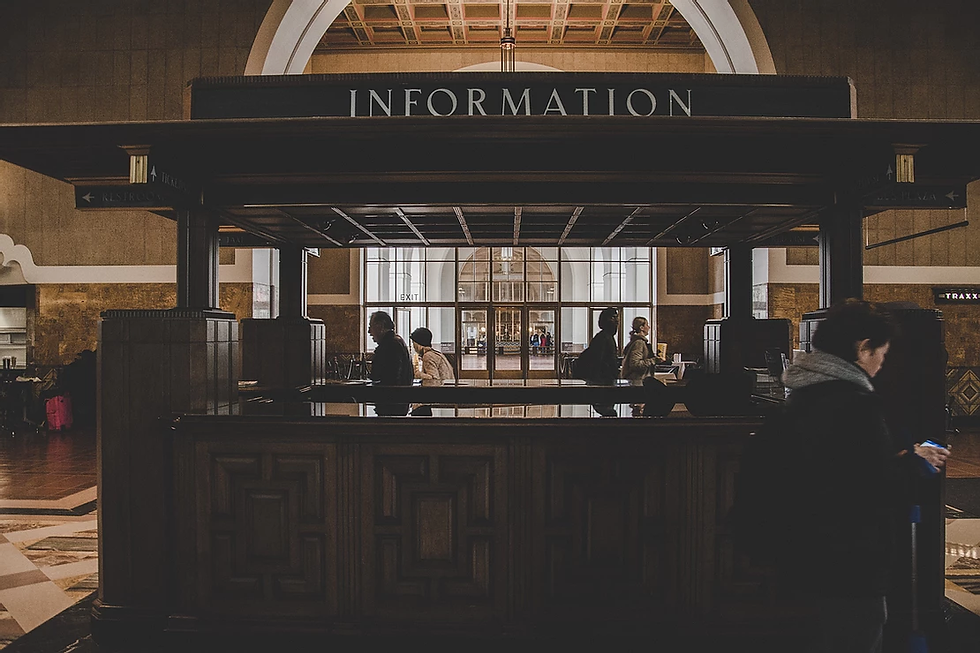Algorithmic Trading
- Ayush Bhupal
- Apr 25, 2021
- 2 min read

Automation across industries tends to reduce operational costs and raise efficiency and financial markets are no different. Algorithmic Trading uses a computer program to execute trades and generate profits at a speed and frequency that is beyond human capability. It is widely used by Investment Banks, Mutual Funds, Pension Funds, Hedge Funds, and Insurance Companies. In fact, around 92% of trading in the Forex market is performed by trading algorithms rather than humans and more than 70% of the trades placed on the NSE are derived from algorithms.
The pre-programmed set of instructions are based on price, volume, timing, or a mathematical model. Algo-trading makes the market more liquid and efficient; There is absolutely no impact of human emotions on the trading and the risk of manual error is greatly reduced. The trades are executed at the best possible prices and are timed correctly hence avoiding any significant price changes. Algorithms may be used for the simplest of tasks- such as buying shares of a company like Tesla (TSLA) if the price goes below the 20-day moving average and selling shares if the price goes beyond the 20-day moving average- to much complex ones. Moving Average trading algorithms are the most popular and awfully easy to implement.
All algorithmic trading strategies seek to achieve a profit in terms of improved earnings or cost reduction. Examples include market making, inter-market spreading, arbitrage, and trend-following. An integrated computerized process is required to interpret and implement these strategies. Backtesting is done to evaluate the performance of the algorithm.
Arbitrage is a technique that capitalizes upon the discrepancies in the price of an asset in two or more markets. It is a common trading strategy. For simplicity let’s consider two markets. If there is a large enough price difference (identified by the computer program) between the markets, then the algorithm should place a buy order in the market with a lower price and a sell order in the other market.
It seems simple but is actually difficult to maintain and implement. There are many market participants that use algorithms to place their orders. As a result, prices vary in milliseconds and even microseconds. So, by the time the order is placed in the market, the price could have changed to an unfavorable value thus rendering the strategy vain.
Algorithmic trading also reduces the short-run predictability of the market which is ironic because a trader uses algorithms for simple and efficient predictions. This is by consequence of the fact that algorithmic trading makes the market as a whole more efficient (Efficient Market Hypothesis). Hence, it becomes harder to make suitable algorithms since it is not possible to account for all the variables. Programming is also after all a human process prone to error. System failure and network issues also add to the risks. Backtesting too cannot guarantee 100% results and complex algorithms require rigorous backtesting.




Very well written. Awaiting the next one!